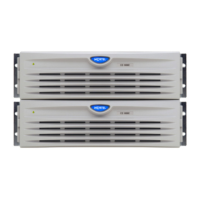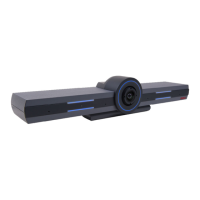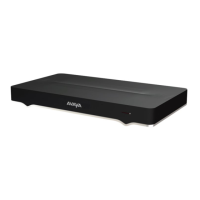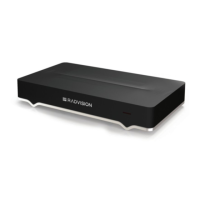1. Select the card slots where the ISDN BRI cards will be located.
2. Install the MISP.
3. Install clock referencing on the SILC.
4. Install the SILC and/or UILC.
5. Connect the system to the MDF.
6. Cross-connect the MDF (in Terminal Equipment mode).
Note:
The system, in TIE trunk or CO connectivity, requires a different wiring
configuration than for a line application; the transmit and receive pairs should be
reversed, as illustrated in Figure 12: Connect the network termination to the U
interface and to the S/T interface (in TE mode) on page 42.
Selecting the card slots
Follow the same procedures as described earlier for line applications (refer to
Selecting the
card slots on page 16).
Removing the module cover for card installation
Follow the same procedures as described earlier for line applications (refer to Remove the
module cover for card installation on page 20).
Installing the MISP
Follow the same procedures as described for line applications (refer to
Installing the MISP on
page 21).
Installing the clock reference on the SILC
The DSL#0 and DSL#1 on an SILC card can be configured as the reference clock source, with
DSL#0 being assigned for the primary clock reference and DSL#1 being assigned for the
secondary clock reference.
The loop number and location of the primary and secondary clock source is configured in the
Digital Data Block LD 73. Refer to the Avaya ISDN Basic Rate Interface Feature Fundamentals
(NN43001-580).
Installing ISDN BRI hardware
38 ISDN Basic Rate Interface Installation and Commissioning March 2011

